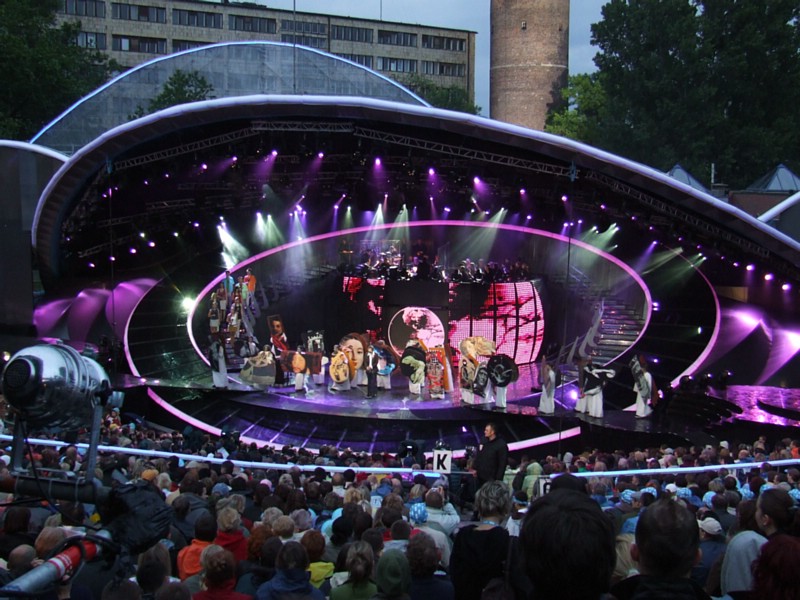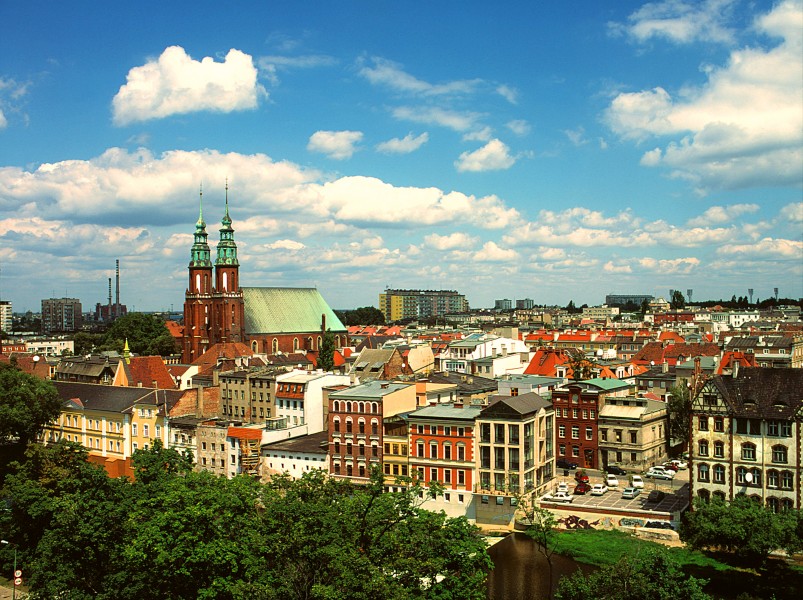Partner regions
Moravian-Silesian Region

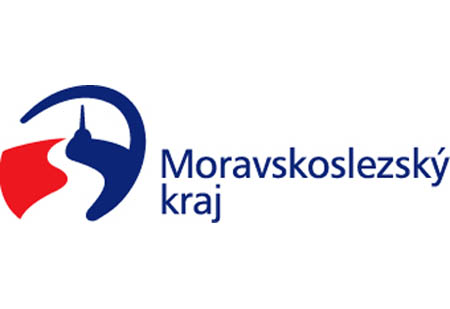
http://www.kr-moravskoslezsky.cz
„EGTC TRITIA is being created above all to ensure better and more effective identification of needs of nearly 8 millions of people living in the area of 34 069 km2 and to help and facilitate the allocation of the financial resources flowing from the European Union.“
Jaroslav Palas, President of the Moravian-Silesian Region
The Moravian-Silesian Region is rightly called the “region of contrasts and opportunities”. On one hand it belongs to the most important industrial regions in Central Europe and on the other hand it is full of natural and historical beauties.
With the area of 5,445 km2 the region covers 7 % of the area of the Czech Republic and therefore it is the 6th largest region in the country. The Moravian-Silesian Region, with its 1,250,000 inhabitants, is the one of the most densely populated regions in the Czech Republic.
In the course of last two decades the Moravian-Silesian Region has noted a great transformation in its industrial branch structure. The metallurgical and mining industries continue to form an integral part of the Region but many old branches have been converted not only into the automotive industry but also into the information and communication technologies development, chemical industry or civil engineering. Thanks to the highly skilled labour and successfully developing educational facilities a substantial number of investments flow into the Region. Therefore it is rightly designated as one of the most dynamic developing regions in the Czech Republic.
The Moravian-Silesian Region can be proud of its natural heritage, diversity of the countryside, folk traditions and crafts, historical and cultural sites, spas, well equipped sportgrounds, excellent food and beer and many others. In the Region we can find a wide range of chateaus, castles, towns and cities with a long and interesting history, numerous technical monuments which result from a long industrial era of the Region. Moreover, beautiful countryside of the Beskydy and Jeseníky Mountain Ranges together with protected landscape area Poodří can offer a wide range of recreational, tourist and sport facilities.
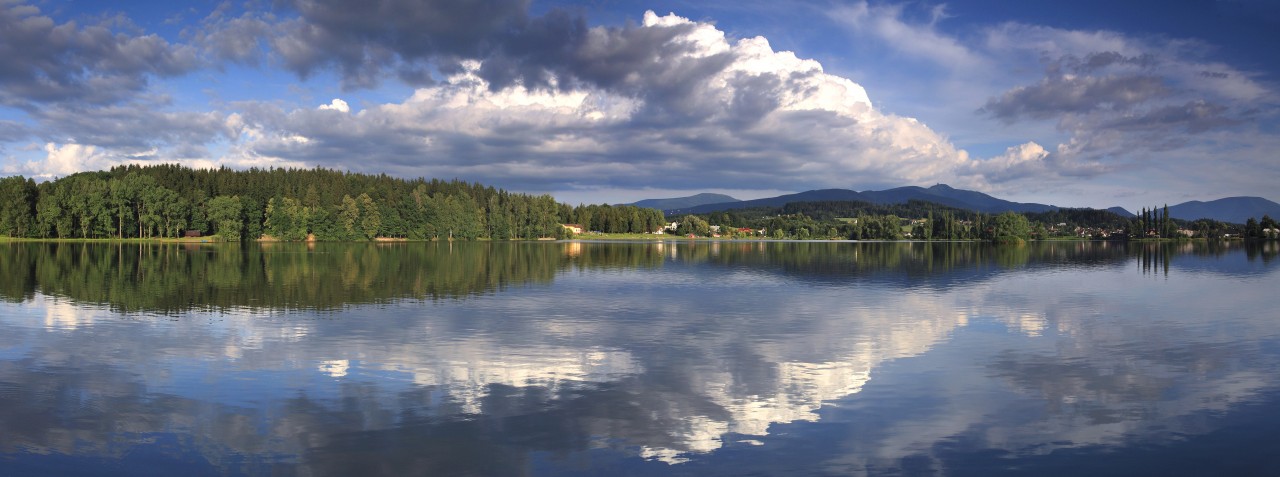
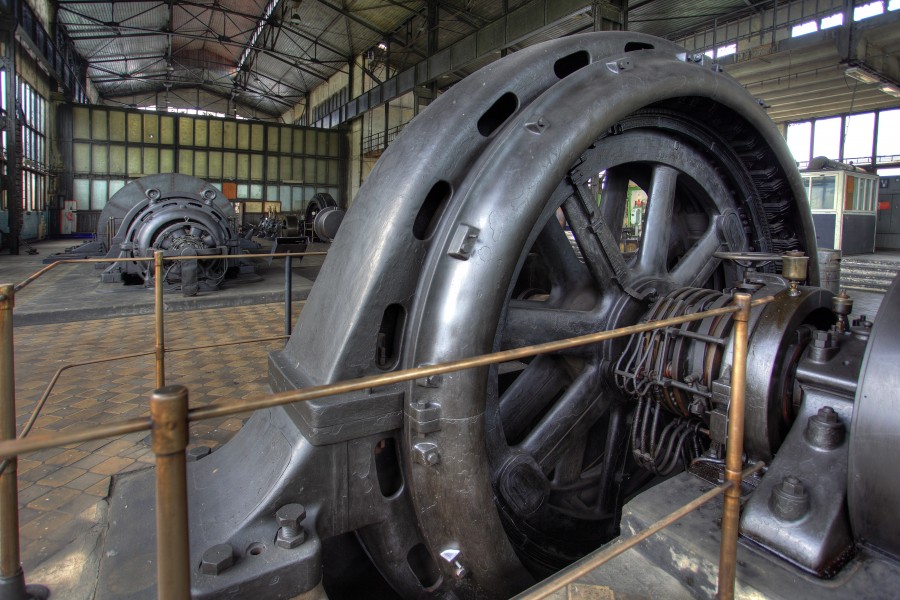
Žilina Self-Governing Region

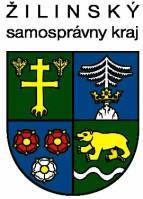
"The Žilina self-governing region is a rapidly developing, cooperating and competitive region with strong innovation potential. It lies on a major artery of the economy in central Europe and has appropriate capacities for systematic development, progress in business, information technology, tourism and in particular transport infrastructure with suitable road, rail and air connections … these are the reasons we are joining the EGTC…"
Juraj Blanár, President of the Žilina self-governing region
The Žilina self-governing region shares borders with Poland and the Czech Republic. It’s one of the most beautiful regions in the Slovak Republic. Its area covers 6.788km2 and it has almost 700.000 inhabitants. The region consists of 5 very specific subregions. The Žilina region is well known for its high diversity of the countryside - from strongly antropogenously loaded valleys with developed industry to beautiful agricultural and forest countryside with many cultural monuments and uninhabited mountainous area. The national parks and protected areas cover more than 50% of total area.
The Žilina self-governing region is the 2nd most visited region in Slovakia - tourists can find folk customs, folklore and folk architecture together with modern architecture, transport and a lot of attractive opportunities for active winter and summer relaxation in the spas, thermal aquaparks, water reservoirs, ski and mountain centres… The history of the region can be observed through its cultural monuments (castles, castle ruins, sacral architecture including wooden churches, folk architecture at Vlkolínec is declared as part of UNESCO cultural heritage, a few open air museums ...).
The City of Žilina with its rich history and busy economic and social life is the regional centre as well as the real metropolis of the north – west Slovakia. Several important international routes and railways corridors cross the Žilina region (Poland – Austria – Hungary and Germany – Czech Republic – Ukraine). Small international airport is located near Žilina.
Industrial nature of the region is influenced by closeness of industrial areas in the Czech Republic and Poland. Structure development of regional economy has been determined by strengthening the service sector in recent years. There are more than 10.000 companies registered in Žilina region. Main industries include automotive, metalworking, building, engineering, pulp and paper manufacture. The most rapid growth is marked in the sectors of water supply, manufacture of cars and transport equipment, and manufacture of textiles and textile products. In terms of the figures for Slovakia, the share of the Žilina region on the receipts of industry is the 3rd biggest.
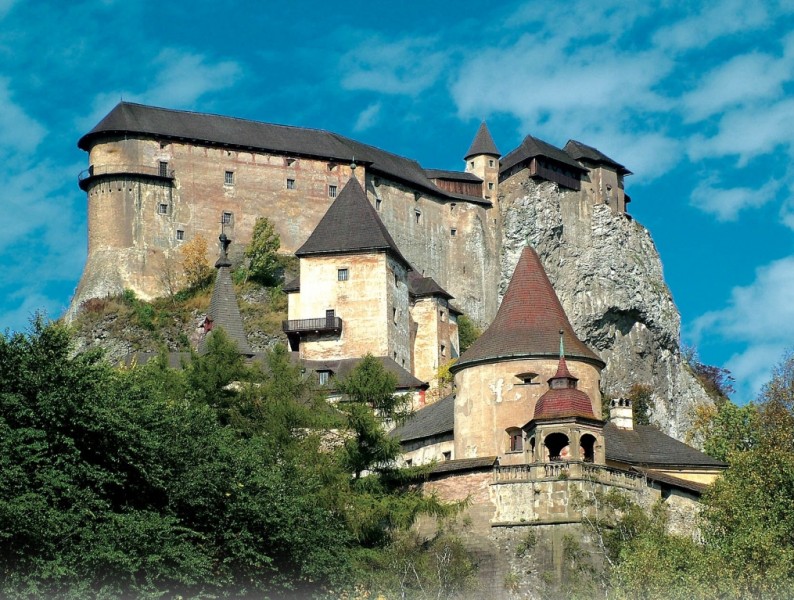

Silesian Voivodeship


„The Silesian Voivodeship is the most important Polish industrial region, located in the southern part of Poland. The unique economic position occupied by the Silesian Voivodeship is owed to the fact that its share in the GDP is one of the highest in the country. In connection with our cross-border partners we can create a region with a huge potential.“
Adam Matusiewicz, Marshall of the Silesian Voivodeship
The region neighbours Opolskie, Łódzkie, Świętokrzyskie and Małopolske voivedeships, bordering the Czech Republic and Slovakia from the south. Six European capitals are within the reach of 600 kilometres from Katowice, namely Warsaw, Prague, Bratislava and Berlin.
Silesia is polycentric, with no single centre to fulfil metropolitan functions (administration, finances, insurance systems, universities, culture). The systems of administration, universities, cultural establishments, and major companies are mostly concentrated in large cities belonging to the Silesian agglomeration, such as Katowice, Sosnowiec, Bytom, Gliwice, Zabrze, Tychy and Chorzów. Significant role is also played by the capitals of sub-regions, that is Rybnik, Bielsko-Biała and Częstochowa.
A high degree of urbanisation is reflected by the fact that almost 79% of Silesians live in 71 cities, of which:
• 3 have over 200,000 citizens,
• 9 have from 100,000 to 20,000 citizens,
• 11 have from 50,000 to 100,000 citizens.
What follows from the above is that every third Polish major city is located in the Silesian Voivodeship. The Voivodeship is the 14th largest, and 2nd most populous in Poland. This relatively small territory, covering an area of 12 334 km2, which is 3.9% of Poland’s total area, is inhabited by 4,645,665 people, which accounts for 12.2% of Poland’s population – the highest in the country’s population density index, i.e. 377 people/km2 against 122 people/km2 for Poland and 116 people/km2 reported in the UE. Such high human concentration in a relatively small area creates a potential ready market for consumables.
Being the largest urbanised area in the Central-Eastern Europe, the Upper Silesian agglomeration decides about the uniqueness of the region. The local urban network is very dense and consists of cities and towns which are actually connected with one another, stretching for approximately 70 km – from Dąbrowa Górnicza to Gliwice. This network covers around 18% of the total area of the Voivodeship (1,200 km2), and the average population density amounts to approximately 1,900 people/km2. The region boasts more than 30 universities, hundred thousands of companies and Poland’s most concentrated railway and streetcar networks.
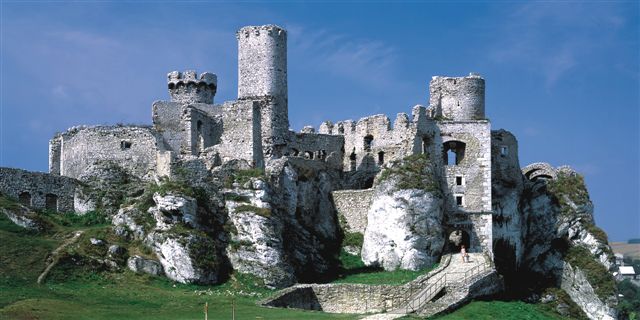
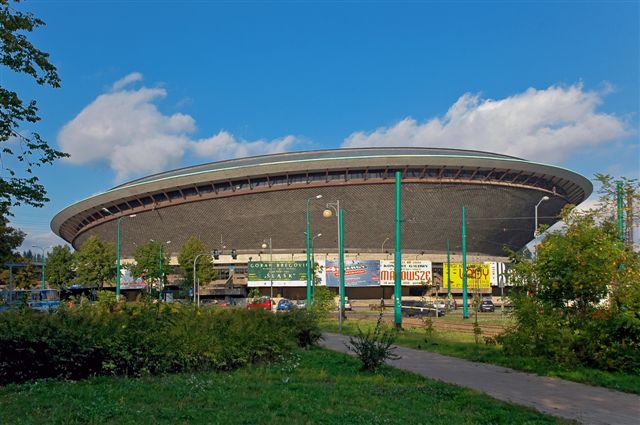
Opole Voivodeship

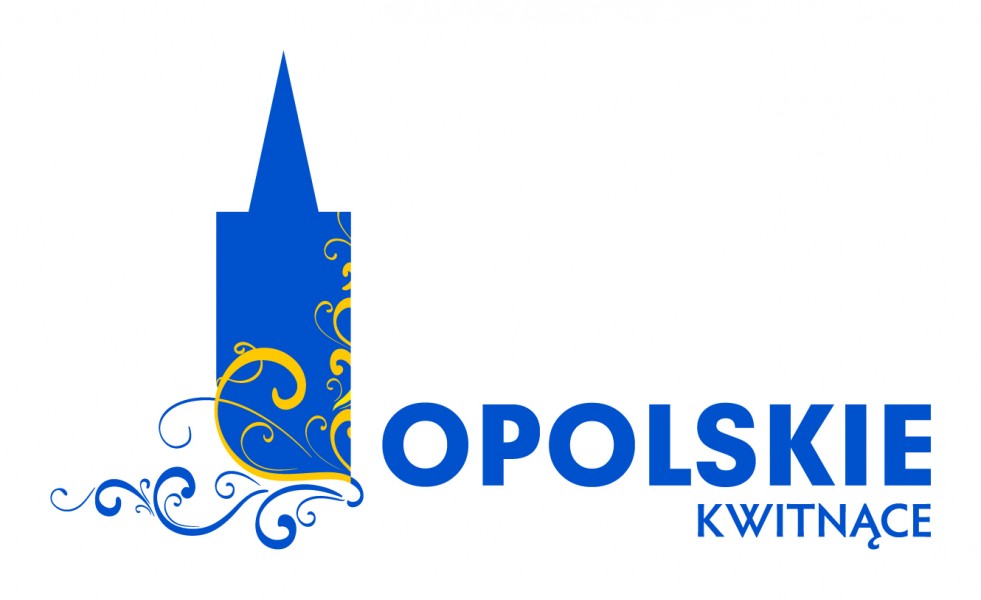
“The Opole voivodeship is the dynamically developing region in the socio – economic area, whose solid partner is the local government. High level of the industry and the regional innovation systems are the priorities in planning the disposal of the European funds and implementation of the development strategy. We also support education, culture and the development of renewable energy.
By our actions we prove, that for the major issues of the Opole region we search all allies, also over the borders. We believe that participation of our region in the European Grouping of the Territorial Cooperation “TRITIA” will improve coordination of the cooperation with our foreign neighbors as well as the quality of life.”
Józef Sebesta, Marshall of the Opolskie Voivodeship
The Opole Land stands out nationally due its large economic and investment potential and quick rate of ownership transformations. Industry is characterised by a uniform distribution across the Voivodeship and by a diversified structure. Building and construction industry, electric machine and metal industry, chemical industry, fuel and energy industry, fertilizer industry, furniture industry, light and food industry are predominant industries. Coke, cement, lime, nitrogen fertilizers, alimentary fats and oils, trucks, tractors and machine tools for metal plastic working account for a dominant share of the country's production and employment.
Opole Region in figures
- Total population – 1,088 thousand
- Area – 9,412 square km (3 % of Poland territory)
- Poviats (Districts) – 12
- Gminas (Communes) – 71
Opole Voivodeship offers a variety of education opportunities and specialties. The Region’s six higher education institutions provide the necessary research infrastructure. The City of Opole is the Region’s largest academic centre, home to the Opole University, the Technical University of Opole, the State Medical Vocational School and the School of Management and Administration, with over thirty one thousand university students.
Among the prominent cultural institutions in the city is the Józef Elsner Opole Philharmonic, Jan Kochanowski Theatre, or Alojzy Smolka Theatre of the Puppet and Actor in Opole. And last but not least, the Opole Millennium Amphitheatre, hosting the yearly National Festival of Polish Song.
The Region has excellent climate and natural assets and offers a selection of outdoor activities. Summer and winter outdoor recreation and adventure opportunities are some of the finest you will find anywhere in the Region that is characterised by diversified topography (Silesian Uplands, Silesian Lowland and a portion of Sudeten Foothills, Oder Valley). Large part of the territory is covered by forests with four natural parks, many protected natural areas and biosphere reserves.
Lovers of swimming, sunbathing and water sports can enjoy their leisure time at Region’s dam lakes in Turawa near Opole or the Nysa Lake and Otmuchów Lake at the feet of Opava Mountains. Opole Silesia is rich in sites of historical and archaeological interest, with its ancient monuments of the different historical ages. When visiting the Opole Region, one cannot help but visit Krasiejów, a locality in the Gmina of Ozimek, where one of the world's greatest palaeontological discoveries has been made recently.
